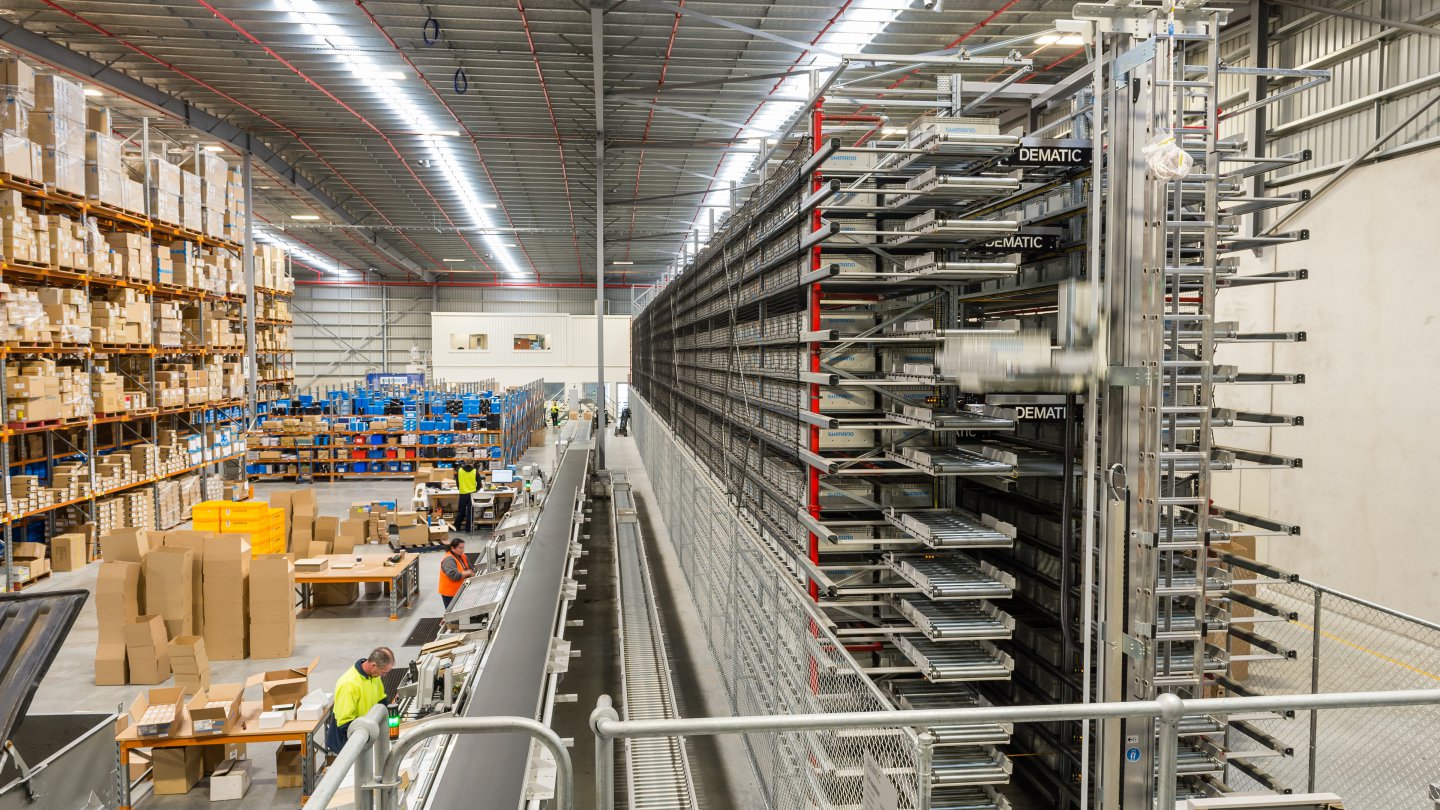Distribution, Production and Warehousing: It’s a Digital Business in 2022
While many companies have done an admirable job in meeting the challenges of the “Amazon Effect”, the more widespread acceptance of and trust in online commerce have come with accompanying higher expectations for standards of customer service and experience in general. Companies must now offer options for same-day or guaranteed next-day delivery, seamless returns and transparent processes throughout every interaction.
The challenges for any company can be specific to the locations of their operations due to differences in labour laws, land prices and local redevelopment rules. Costs of recruitment, sustainability targets and urbanisation regulations can also be complex and highly varied. Looking inside an organisation’s overall operations for possible efficiency improvements should be the first course of action. Automation can make significant differences to even very small-scale operators in the short term. But it’s important to note that long-term gains come as a result of constant attenuation and monitoring of systems, starting from the first day of project planning.
Whether your particular challenges lie in space, labour, data, local or national legislation, connectivity, or a combination of all these, any technology project undertaken should be measured against predetermined KPIs (Key Performance Indicators). Automated sorting or new robotics at work in loading bays, for instance, should be subject to the same scrutiny and measurable standards as those that assess a headhunted senior hire. And like with any new hire, decisionmakers always take a certain leap of faith when embarking on a new project or direction. But it is possible to minimise risk exposure in the technology arena, by careful choice of an automation partner, by using advanced modelling of any potential solution, by proper project planning, and so on.
There are plenty of solution providers for the manufacturing, warehousing, and distribution sectors, but of the many options, Dematic designs, builds and then supports intelligent automated solutions that are built for individual use-cases. What it deploys empowers and sustains the future for its many clients.
Many companies start their technology-based operational improvements with a simple enough first step: an educational virtual tour of how robotics, automation and other interconnected systems might work in their chosen environments. Typically, this would lead to a free consultation with a Dematic expert for recommendations of the best solutions to suit specific challenges and needs.
Taking the typical journey one step further, the recommendations based on consultation and fact-gathering exercises often lead to a single proof-of-concept project. That can be accompanied or preceded by digital simulations of existing and proposed systems, which can help get full buy-in from the various stakeholders and go a long way to reducing risk.

Dematic comes with the history and experience of many decades of long-term partnerships with every size of business. Its involvement in project can have different levels: Early life Integration Managers can, for instance, project manage new installations and undertake staff training onsite, not leaving until KPIs for new systems have been achieved.
The benefits of today’s automated systems are twofold. First, interconnectivity between instances of technology ensure the availability of a complete data picture, with information drawn from right across distributed assets – back-end business-oriented systems through to IIoT sensors. Second, data is available in real-time instead of being compiled after the fact, for example, for monthly reporting. Operations staff can reach deep into connected systems from a single dashboard to draw real-time information to attenuate and monitor, within a facility and (if needed) across multisite facilities.
With data flows becoming increasingly integral to any production or warehousing operation, possibilities abound to shave costs by proactive planned maintenance scheduling and operational forecasting (to name but two possibilities). Properly designed and focused technology has the power to improve efficiency throughout operations.
In future articles, we’ll be taking deeper dives into the capabilities of connected automation hardware, interconnected software instances and the operational benefits of machines, technology and humans working together in the warehouse and distribution business. With so much exciting technology and automation systems, be sure to check back. In the meantime, get started on your own transformation projects by booking that virtualised tour that will demonstrate how robotics and automated systems can transform your facilities.









